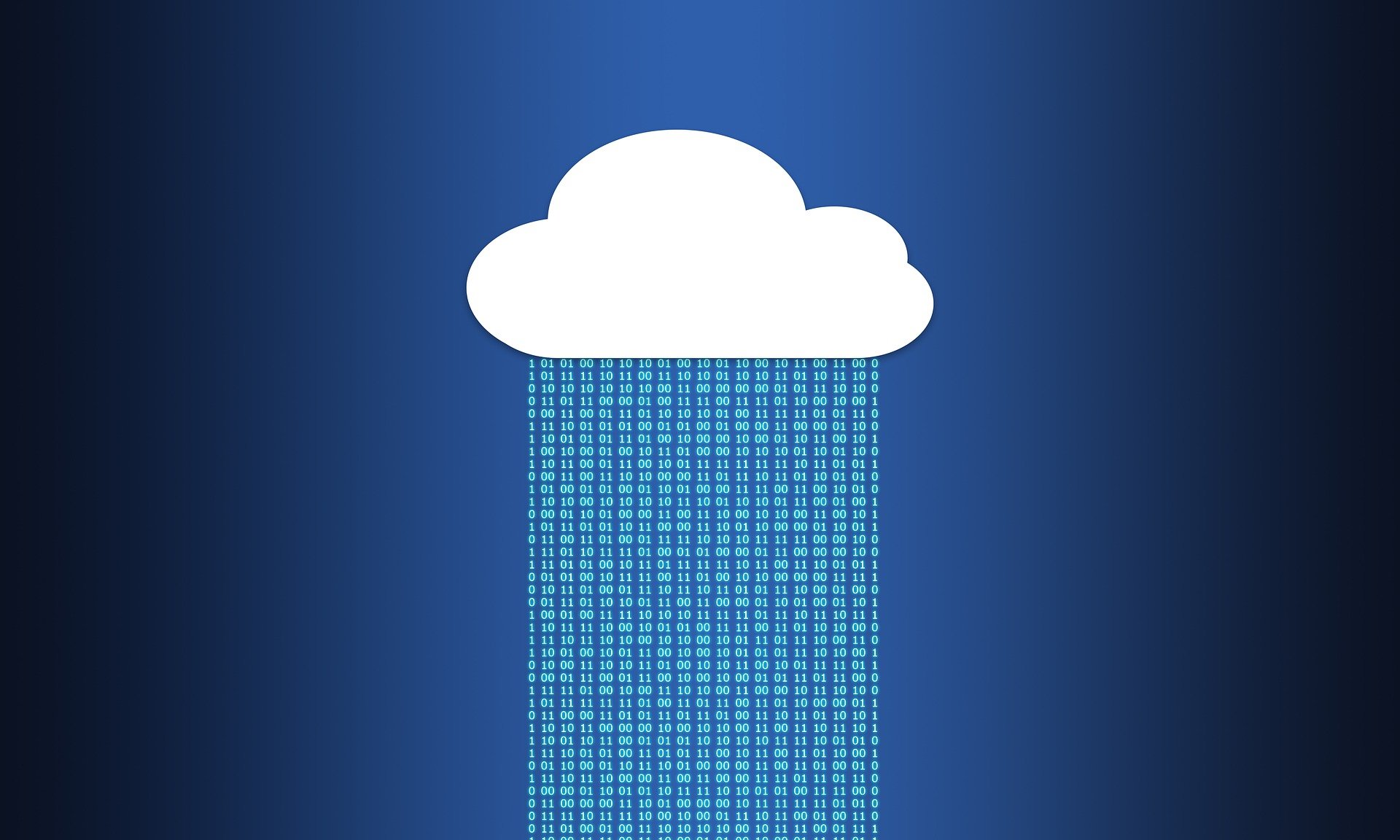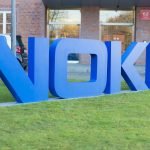
Cloud-native technologies have taken centre stage ever since they were introduced. They have reshaped the landscape of application development, delivery, and operations, creating a new competitive paradigm where speed outpaces size. Traditional tech stacks seen in monolith applications were quickly replaced. They took shape as modern, microservices-based applications hosted in different cloud environments orchestrated using Kubernetes and adopted containerization, transitioning workloads into serverless setups.
Application performance monitoring is crucial for understanding the health of a cloud-native application. However, microservices-based applications, due to their complexity and constant communication, create a synergy between software and infrastructure. This heightened communication necessitates a more comprehensive solution and a holistic approach for complete visibility across the product.
Observability started gaining importance around the same time as cloud-native applications as a way to achieve end-to-end visibility over the entire IT infrastructure’s performance. With observability, you can capture data and use this information to assess and optimize your applications.

How do you achieve observability?
In order to gain a sweeping view of your entire application stack, you must fortify the three pillars of observability: metrics, traces, and logs. By reinforcing these three pillars, you will achieve end-to-end visibility and make more data-driven decisions for your business. Let us take a look at the three pillars of observability and what they can do:
Metrics
In the world of system analysis, metrics serve as crucial key performance indicators (KPIs), shedding light on the intricacies of our systems. These numeric values, harnessed through monitoring tools, vary depending on the specific component in focus. For instance, when observing a website, metrics encompass the response time, page load duration, and throughput. For server components, metrics often include CPU utilization and memory utilization. Thus, the gathered metrics pivot based on the specific domain under scrutiny, providing tailored insights into system performance.
Traces
Traces serve as meticulous records documenting user paths within an application. But why is this detailed tracking so crucial? Traces provide a roadmap leading you directly to the exact line of code where issues arise. It is at this precise level that meaningful optimizations can be made. In today’s distributed application landscape, our attention turns to distributed traces, offering a comprehensive perspective on the intricate digital pathways.
Logs
Logs are machine-generated, time-stamped records of events in your systems and software that you can use to debug your applications. Logs offer essential context by enabling developers and system administrators to trace the sequence of events leading to specific issues, diagnose the root causes, and enhance overall system performance.
The challenges of implementing observability in cloud-native applications
Modern applications have multiple microservices that have to communicate with each other to complete a user request. This means that there are many more endpoints to monitor to make sure that your applications are up and running. Traditional monitoring tools help meet these demands to a certain extent but fall short in many aspects:
- Conventional monitoring tools cannot oversee distributed environments effectively. Today’s IT systems extend over various networks, cloud platforms, and containers, forming intricate networks of interconnected parts that operate within clusters, microservices, and serverless frameworks. These components often exist in disparate data centers, in diverse geographical locations, and on various servers, contributing to a level of operational complexity that traditional tools are not equipped to manage.
- Cloud-native applications generate vast amounts of data, including logs, metrics, and traces that help you gather meaningful information about your applications’ performance. However, managing and evaluating such huge volumes of data in real time can be overwhelming if you do not use the right tools.
- Cloud-native applications can scale rapidly, enabling their components to expand or contract swiftly in response to fluctuating demand. This ensures optimal resource utilization and cost efficiency. However, guaranteeing seamless functionality as the application components dynamically adjust to meet demand poses a challenge. Ensuring a flawless user experience, even during peak demand periods, requires a more holistic approach to monitoring that provides real-time analysis, effective troubleshooting, and end-to-end visibility over all the components of your IT infrastructure.
Must-have characteristics of an observability platform
Choosing the right tool is essential to overcoming the challenges of achieving complete observability in your cloud-native applications. Make sure to select an observability platform that has the following features:
The ability to collect data from all the layers of your technology stack
Implementing several tools with varying abilities increases your overhead and causes resource wastage. Thus, it is important to choose a single tool with full-stack monitoring that provides end-to-end visibility over your IT system and aids in quick, targeted troubleshooting.
The ability to diagnose and solve issues quickly
Choose a tool that captures and optimizes various engineering metrics like the mean time to remediate, the mean time to detect, and the time to deploy in cloud-native environments. The tool should offer real-time insights, which are crucial for refining essential business KPIs such as payment failures, order processing, and application latency.
The ability to be deployed in multi-cloud environments
Choose a tool that facilitates seamless integrations of your cloud-native applications in multi-cloud environments and provides a unified dashboard and analytics platform. This ensures consistent monitoring and analysis and simplifies the management of your applications, regardless of the cloud service provider you are using.
Introducing Site24x7’s observability platform
Site24x7 is an AI-powered, full-stack observability platform that allows you to continuously monitor all the components of your IT infrastructure and promptly detect and address any issues that may occur in real time. This tool captures all of the data you need using the three pillars of observability as well as the golden signals of site reliability engineering, such as latency, errors, traffic, and saturation. With the Site24x7 observability platform, you can monitor applications built using Java, .NET, Python, PHP, Node.js, or Ruby; deploy them in various cloud environments from a single console; and quickly identify and troubleshoot performance bottlenecks.
Site24x7 is a comprehensive solution that not only optimizes technical aspects but also elevates the customer experience, ensuring seamless, efficient operations. Site24x7’s observability platform is cost-effective and holistic and easily scales and adapts along with your applications.
Check out the upcoming Cloud Transformation Conference, a free virtual event for business and technology leaders to explore the evolving landscape of cloud transformation. Book your free virtual ticket to deep dive into the practicalities and opportunities surrounding cloud adoption. Learn more here.
Author:
Anusha Natarajan, Product Marketer at Site24x7.






